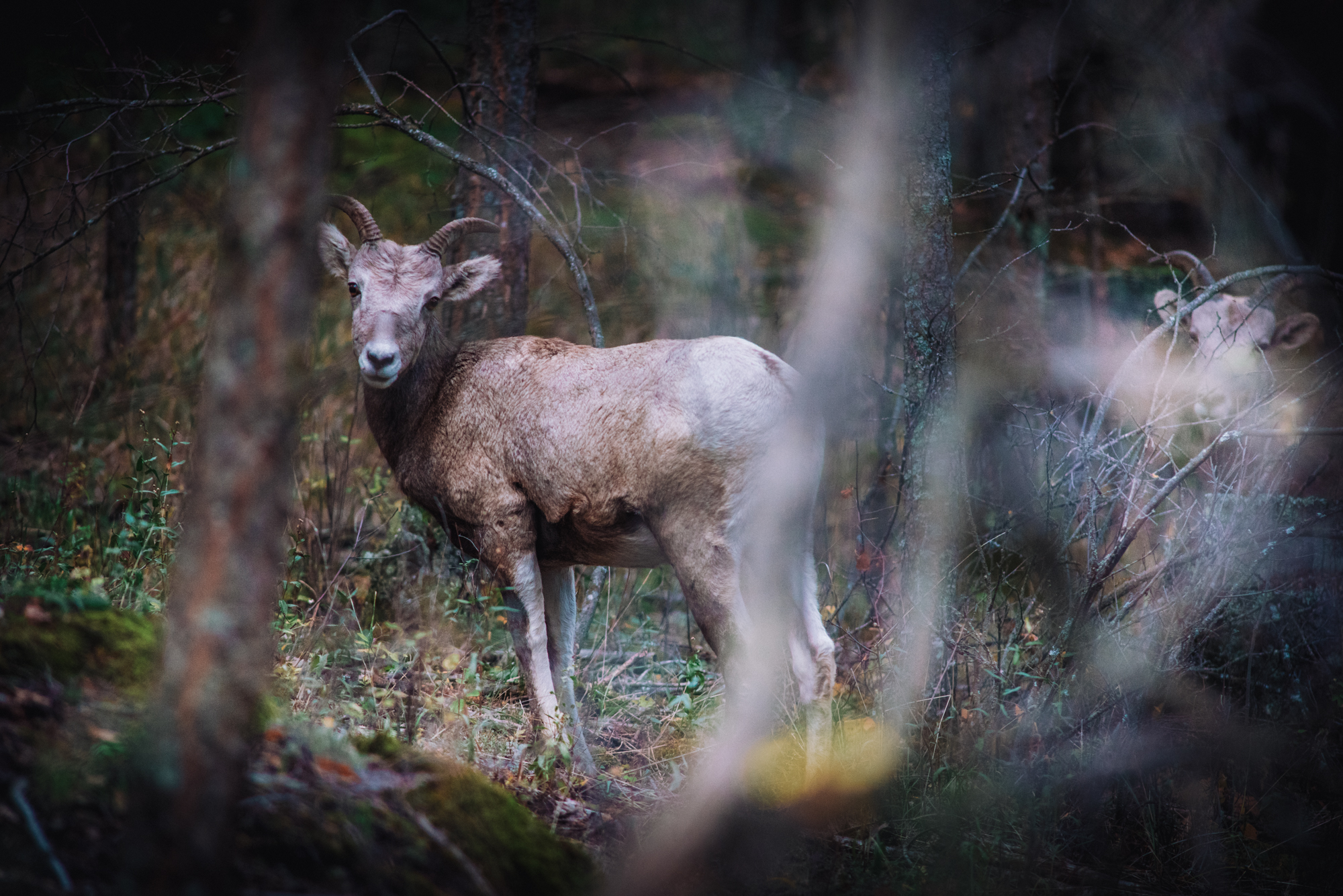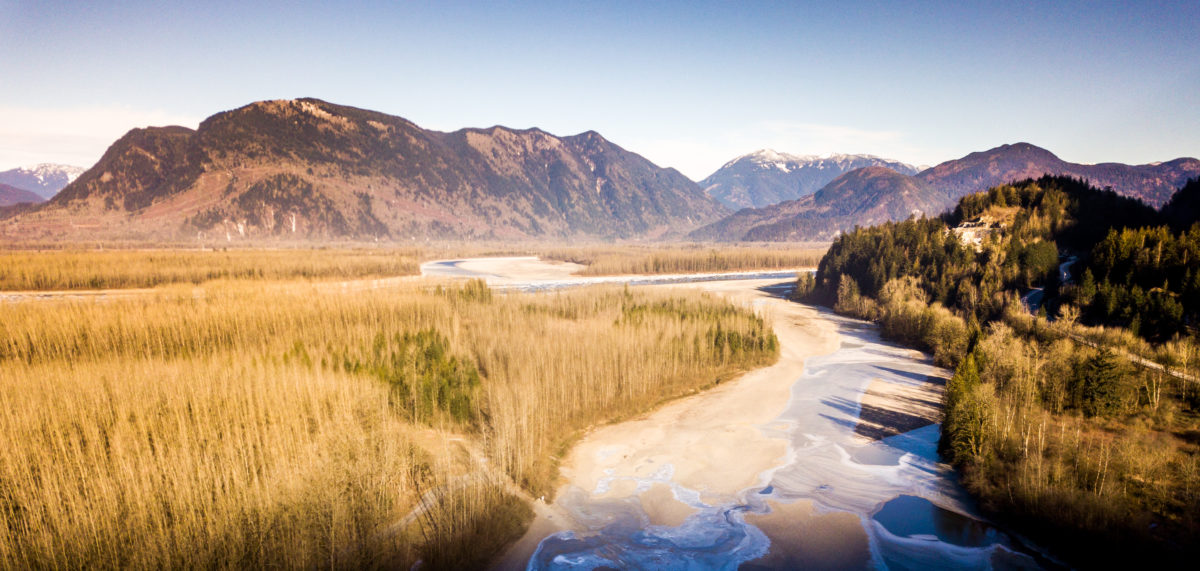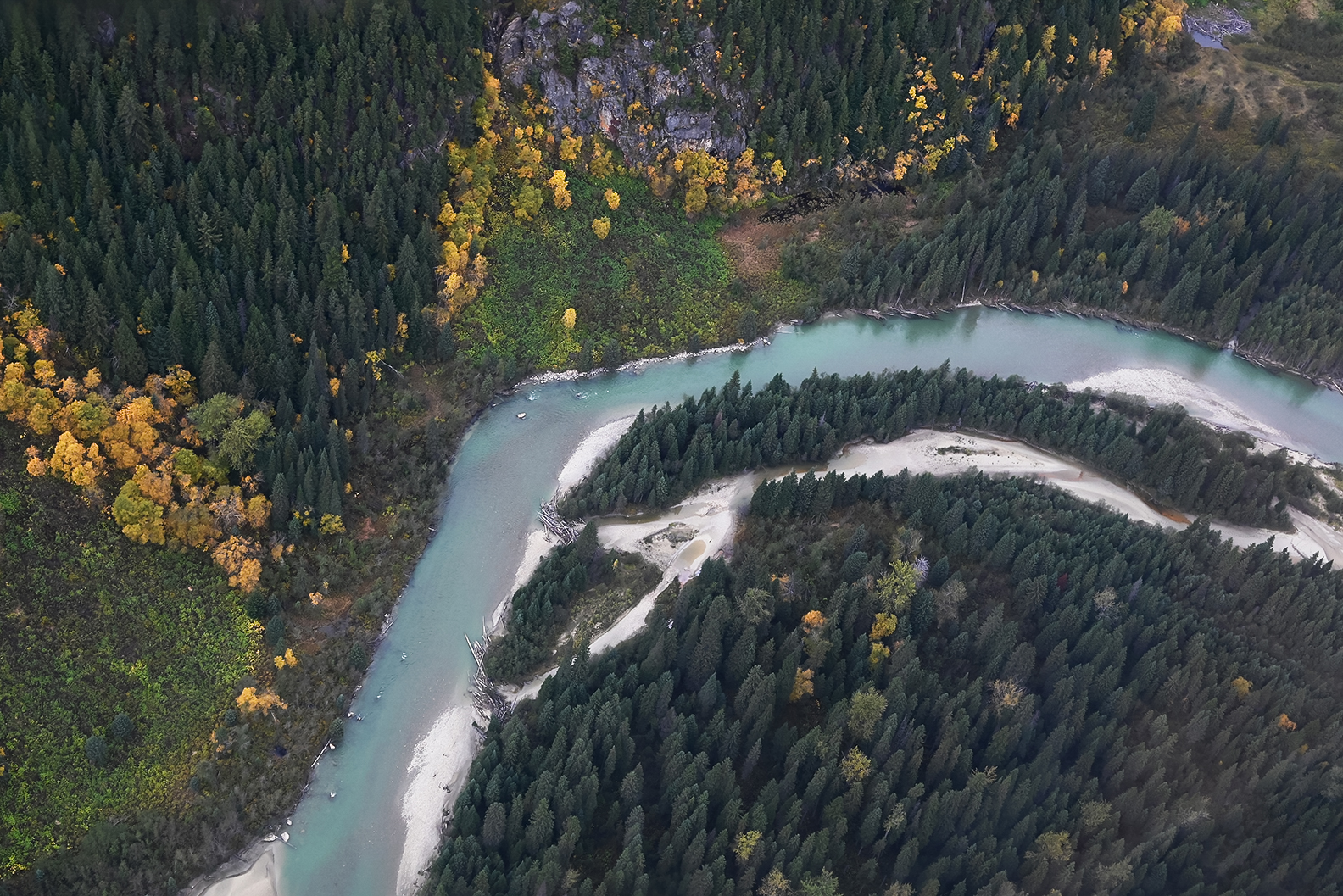
My love letter to Emma Gilchrist
Break out the champagne: Emma’s storied life and leadership in journalism has earned her the...
Get the inside scoop on The Narwhal’s environment and climate reporting by signing up for our free newsletter.
There are plenty of reasons to be concerned about the natural world these days.
Almost 2,000 species and ecological communities at some risk of extinction in B.C. alone. Endangered caribou habitat at risk from proposed logging. Pollution flowing into the sea around Canada’s busiest port. Concerns about the impact of recreation on sensitive wildlife. Worries that the provincial government isn’t investing anywhere near enough in fish and wildlife management.
But at the same time, there are people around the world working hard to conserve and restore the ecosystems that ultimately underpin all life on Earth — and many of them are here in B.C. Yaq̓it ʔa·knuqⱡi ‘it First Nation is restoring bighorn sheep habitat in the Rocky Mountains, farmers in the northwest are using regenerative practices to foster biodiversity and across the province First Nations are working with fire ecologists and the BC Wildfire Service to bring back cultural burning practices to restore diverse ecosystems.

As 2024 comes to a close, The Narwhal reached out to conservation advocates about the nature wins that gave them hope this year. Here’s what they had to say:
Lina Azeez, the habitat programs director with Watershed Watch Salmon Society, highlighted the purchase of a private island in the Fraser River near Chilliwack, B.C. For years, the organization and First Nations have been raising the alarm about potential development of the island — and pushing for protections. This year, the Nature Conservancy of Canada reached an agreement to purchase Carey Island with funding support from the federal government and private donors.
“We’re really excited about that because it’s great for salmon,” Azeez said.
It’s particularly good news for juvenile salmon migrating during the spring melt from the streams where they hatched to the open ocean, she added. They can tuck into little protected areas in the island, eat and grow stronger before continuing their journey.

Elsewhere in the Fraser Valley, Watershed Watch continued its work to replace flood infrastructure that blocks salmon from about 1,700 kilometres of rearing and spawning habitat. This year, the organization helped get a new fish-friendly floodgate installed in the Nicomen area.
While there’s still a lot of work ahead to address roughly 180 pieces of flood infrastructure still blocking salmon habitat in the region, Azeez said it’s been wonderful to see salmon return to the areas where the organization has already helped install fish-friendly infrastructure, such as Bonaccord Creek in Surrey.
Ken Wu, the executive director of the Endangered Ecosystem Alliance, pointed to B.C.’s progress on meeting its commitment to conserve 30 per cent of land in the province by 2030. “The major protected areas expansion has already begun,” he said in an interview.
In June, West Moberly First Nations, Saulteau First Nations and the provincial and federal governments announced a major expansion of the Klinse-za / Twin Sisters Park, which now protects about 2,000 square kilometres, including endangered caribou habitat, in northeast B.C.
“Our sacred Klinse-za / Twin Sisters area will now be protected for our people forever,” Chief Rudy Paquette of Saulteau First Nations said in a press release at the time. “This is another step in the process by which we are proving that we can recover endangered species and protect the sacred lands of First Nations people, while also providing for healthy ecosystems and diverse economies.”
“The leadership that we see around conservation from Indigenous Peoples, you know, in B.C. and across Canada and around the world is certainly, I think, the biggest sign of hope when it comes to protecting nature and staving off the worst of the biodiversity crisis,” according to Torrance Coste, associate director with the Wilderness Committee.
He highlighted the leadership of the Ahousaht and Tla-o-qui-aht First Nations, which announced this summer that 760 square kilometres of old-growth forest in Clayoquot Sound are now protected in a series of conservancies the nations will manage.
“The Ahousaht Hawiih (hereditary chiefs) celebrate this decision alongside partners and people around the world as a significant win for climate, biodiversity, reconciliation between Ahousaht and British Columbia, and of course for the benefits to the Ahousaht Nation,” Tyson Atleo, hereditary representative for Ahousaht, said in a press release at the time. “We are pleased to preserve these resources for future generations but now call on the government, industry and public to support our management of these conservancies into the long-term future.”
Hunter Lampreau is the Skú7pecen Journey Director of Qwelmínte Secwépemc, a collective of eight signatories from the Secwépemc Nation focused on land and resources. He highlighted collective member Simpcw First Nation’s 2023 declaration of the Raush River watershed as an Indigenous Protected and Conserved Area, which protected critical southern mountain caribou habitat, as a recent positive development.
He added he and his team are also working with the province on significant new protections for biodiversity within the territory of the Secwépemc signatories as well.

“There’s an increasing awareness that in order for any significant wildlife and habitat efforts to get anywhere, Indigenous participation is required,” said Lampreau, who is also the elected Indigenous co-chair for the First Nations-B.C. Wildlife and Habitat Conservation Forum.
“Dedication to advancing reconciliation through wildlife and habitat stewardship, despite all the noise of a political election, it’s a good news story for wildlife and habitat,” he said in a follow-up email, referring to B.C.’s fall election. “Our ability to work on them together is far greater than our ability to work on them alone.”
Heading into 2025, Wu said he’ll be watching for the review of B.C. forests outlined in the agreement-in-principle the NDP reached with the BC Greens and pushing the government to address policy gaps that allow for continued logging of the largest old-growth trees.
The provincial government should be driving a transition from logging old-growth to second-growth forests with more incentives and regulations, Wu said.
“They’ve got to support a B.C. conservation economy strategy,” he added. “In regions where communities are affected by the large protected areas expansion, they need to come in and support the development of diversified industries.”
Lampreau added there could be significant policy improvements on the horizon as well. He pointed out the provincial review of the Wildlife Act hinges on a thoughtful approach to reconciliation.
But Lampreau cautioned the spread of misinformation, which upended proposed amendments to the Land Act, could also pose a risk to the Wildlife Act review if care isn’t taken to support the relationship between Indigenous and non-Indigenous people and to clearly and transparently communicate any proposed amendments. “Advancing citizen to citizen, and Indigenous Nation to community, reconciliation is an important step in reconciliation,” he said.
The NDP government backtracked on some of its conservation and reconciliation initiatives this past summer after facing political blowback over proposed changes to the Land Act and conservation announcements. But the party, which was re-elected with a slim majority in the fall provincial election, reiterated its commitment to conserve 30 per cent of land by 2030 in the campaign.
Coste said in the new year, he’ll be looking for the government to both lay out a road map for reaching the 30-by-30 goal and to offer more clarity about how it plans to address competing ecological and industry interests.
“For 150 years, resource values have been prioritized,” he said. “Now balance looks like prioritizing healthy ecosystems, water [and] salmon over resource extraction and limiting resource extraction to areas where it doesn’t impact these other values.”
Get the inside scoop on The Narwhal’s environment and climate reporting by signing up for our free newsletter. On a warm September evening nearly 15...
Continue reading
Break out the champagne: Emma’s storied life and leadership in journalism has earned her the...

How can we limit damage from disasters like the 2024 Toronto floods? In this explainer...

From disappearing ice roads to reappearing buffalo, our stories explained the wonder and challenges of...
